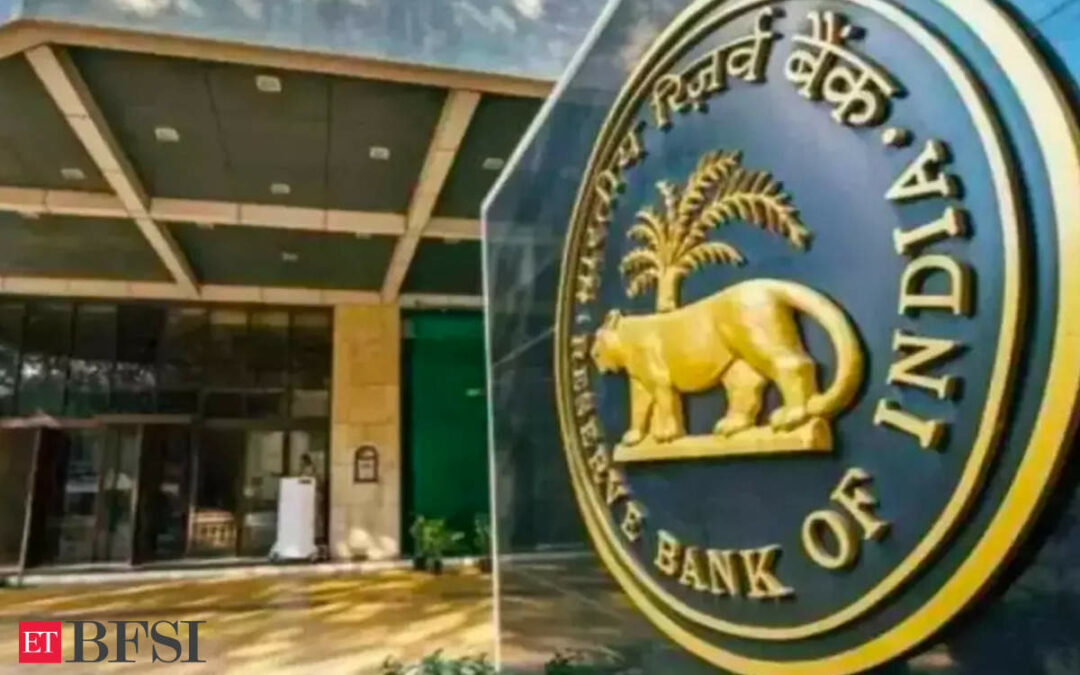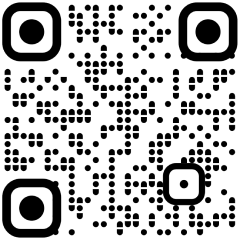RBI has issued draft guidelines on labelling wilful loan defaulters that set out timelines, processes and penalties. It has proposed banks and shadow lenders decide if a loan is not being paid intentionally, or borrowed money has been diverted from the specified end use within six months of an account turning non-performing.
Lenders have been asked to set up review committees, and borrowers have been provided opportunities to be heard. Once identified, wilful defaulters are to be denied additional credit till one year after the label is removed. Lenders must filter out loan accounts in intentional default before restructuring or transferring them to others.
The proposed changes are designed to speed up resolution of cases of wilful default that have surged since the pandemic.
Yet, they do not lay out any guidelines on establishing intention of default. This subjects the evaluation process to extended judicial review, which goes against the spirit of codified behaviour. Wilful loan default could be the result of a wide range of causes, from wrong business decisions to fraud.
The best defence lenders have, apart from judicial recourse, is tighter processes. The banking regulator is providing solutions to reduce systemic risk, and banks will have to improve internal governance. Particularly government-owned banks that face the overwhelming share of wilful loan default.
Improved detection of wilful defaulters is a vital component of resolution of sticky loans. Overestimation denies a larger chunk of such loans access to quicker resolution, while underestimation encourages delinquency.
RBI’s approach splits the regulatory responsibility between itself and GoI that have overlapping oversight of public sector banks. A government intent on a clear credit pipeline will have to lean against intervention in commercial lending decisions by improving internal corporate controls of state-owned banks.
Allowing settlement between borrowers and lenders without prejudice to legal proceedings seeks to address delays in judicial review.









